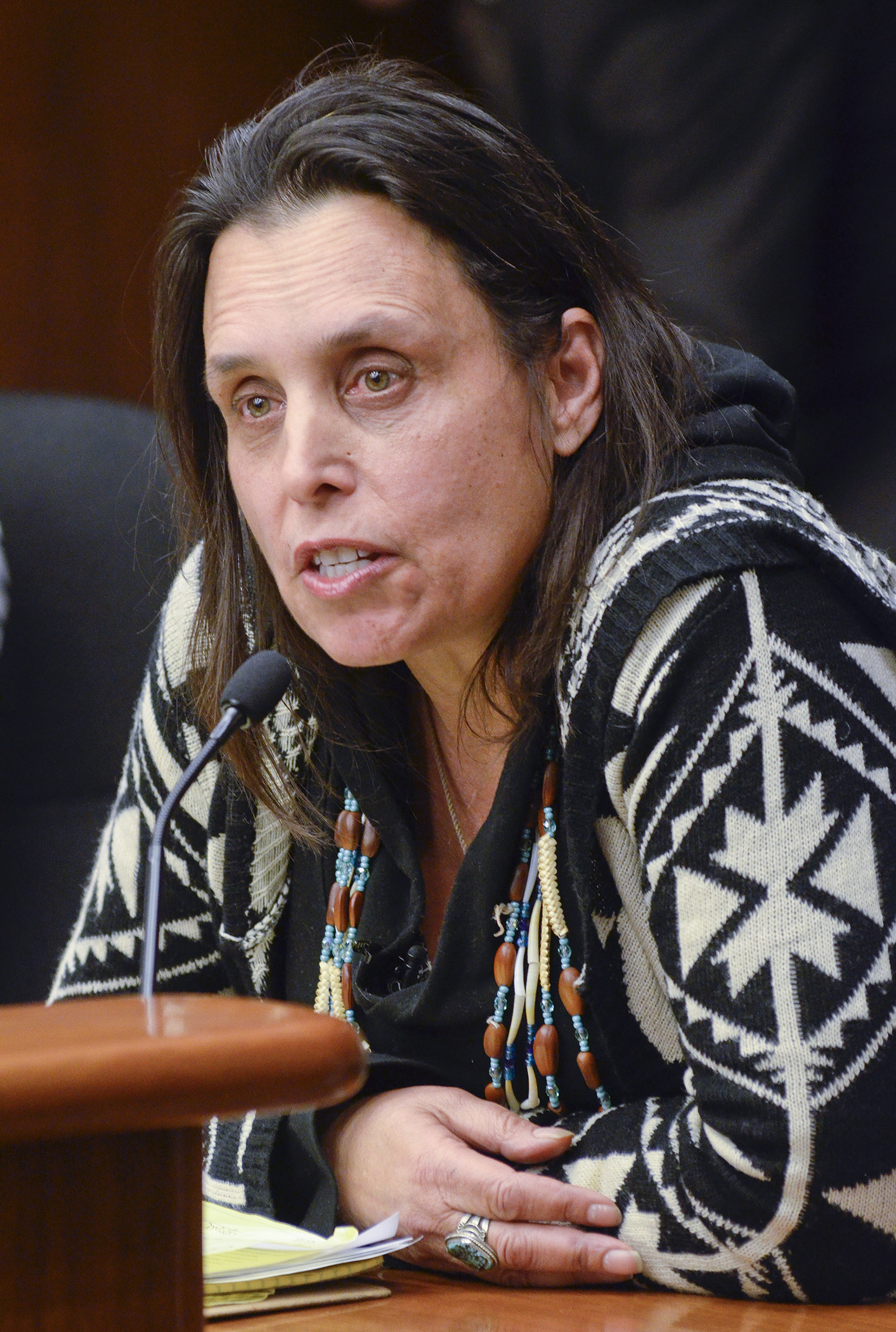Sulfate standards subject of much debate in environment committee
Supporters of HF1000 believe the future of taconite mining in Minnesota is at stake. Opponents say the bill could threaten the state’s wild rice beds and make the environmental permitting process even more difficult.
Both sides were represented Tuesday morning during testimony before the House Environment and Natural Resources Policy and Finance Committee.
The bill would prohibit the Pollution Control Agency from listing waters containing natural beds of wild rice as impaired for sulfate – or applying a water quality standard for sulfate – until the agency first designates which waters are subject to the standard through a rulemaking process.
Sulfate is a naturally occurring chemical often found in the state’s waters. However, past research has found too much sulfate can cause harm to wild rice crops.
Rep. Carly Melin (DFL-Hibbing), sponsor of HF1000, said the current standard for sulfate, which is 10 mg/liter (often called the “10 standard”), was established in 1973 but ignored until 2010 when it was raised as an issue by those opposed to a proposed copper mine in northeast Minnesota.
“This rule came about because people wanted to stop PolyMet and nonferrous mining,” Melin said. “We should just get that out there. That’s why this has been brought to PCA’s attention, that’s why it’s being enforced.”
Melin said protecting wild rice is a universal goal, but that the science did not support the 10 standard and research done by the University of Minnesota for the PCA had shown that a much higher standard is appropriate for protecting wild rice. This view was supported by a number of testifiers representing a variety of interests.
Larry Sutherland, vice president of mining for U.S. Steel, said “2015 is likely to be a critical year for the future of mining in Minnesota” and that the application of the sulfate water quality standard is one of the most important issues it faces.
Minnesota cities are also concerned. Chris Vreeland, a city councilmember in Hoyt Lakes, said the city would need to spend $360,000 annually to meet the current sulfate standard, more than its annual budget for wastewater operations.
“Where will the money come from,” Vreeland said. “I guarantee you there will be no grants out there.”
Concerns about the bill
Rebecca Flood, PCA assistant commissioner for water policy, said evaluating the water quality standard has taken longer than anticipated because the science is even more complex than originally thought. However, she said the PCA does expect to have a packet of materials available as soon as the end of March that would include a potential water quality standard for wild rice, a list of wild rice waters and the criteria for how those waters are determined.
 Winona LaDuke testifies against a bill to prohibit wild rice quality standard application until the Pollution Control Agency adopts rules to establish criteria for designating waters subject to a wild rice water quality standard. Photo by Andrew VonBank
Winona LaDuke testifies against a bill to prohibit wild rice quality standard application until the Pollution Control Agency adopts rules to establish criteria for designating waters subject to a wild rice water quality standard. Photo by Andrew VonBankFlood also outlined the potential impact the bill could have on Minnesota’s permitting authority and said the PCA has “strong concerns” HF1000 could have “unintended consequences.” Under the Clean Water Act, the Environmental Protection Agency has the authority to block a state permit it objects to.
“If HF1000 is enacted and MPCA is prohibited from addressing the wild rice standard and permits until rule revisions are adopted, EPA may exercise its authority to object to any such permits,” Flood said. ”Those permits, therefore, could not move forward.”
This could mean permits for new construction or expansion of any facilities upstream of wild rice waters that require a federal permit could be delayed for up to two years, according to Flood.
Winona LaDuke, a wild rice harvester, rural development economist and former director of one of the largest wild rice marketing agencies in the country, said many rice beds have vanished in northern Minnesota. She said wild rice is an essential food and that any question of limiting its sustainability should not be taken lightly.
Testimony is scheduled to continue Wednesday morning before the bill is held over for possible omnibus bill inclusion. The companion, SF1007, is sponsored by Sen. David Tomassoni (DFL-Chisholm) and awaits action by the Senate Environment and Energy Committee.
Related Articles
Search Session Daily
Advanced Search OptionsPriority Dailies
Ways and Means Committee OKs proposed $512 million supplemental budget on party-line vote
By Mike Cook Meeting more needs or fiscal irresponsibility is one way to sum up the differences among the two parties on a supplemental spending package a year after a $72 billion state budg...
Meeting more needs or fiscal irresponsibility is one way to sum up the differences among the two parties on a supplemental spending package a year after a $72 billion state budg...
Minnesota’s projected budget surplus balloons to $3.7 billion, but fiscal pressure still looms
By Rob Hubbard Just as Minnesota has experienced a warmer winter than usual, so has the state’s budget outlook warmed over the past few months.
On Thursday, Minnesota Management and Budget...
Just as Minnesota has experienced a warmer winter than usual, so has the state’s budget outlook warmed over the past few months.
On Thursday, Minnesota Management and Budget...
